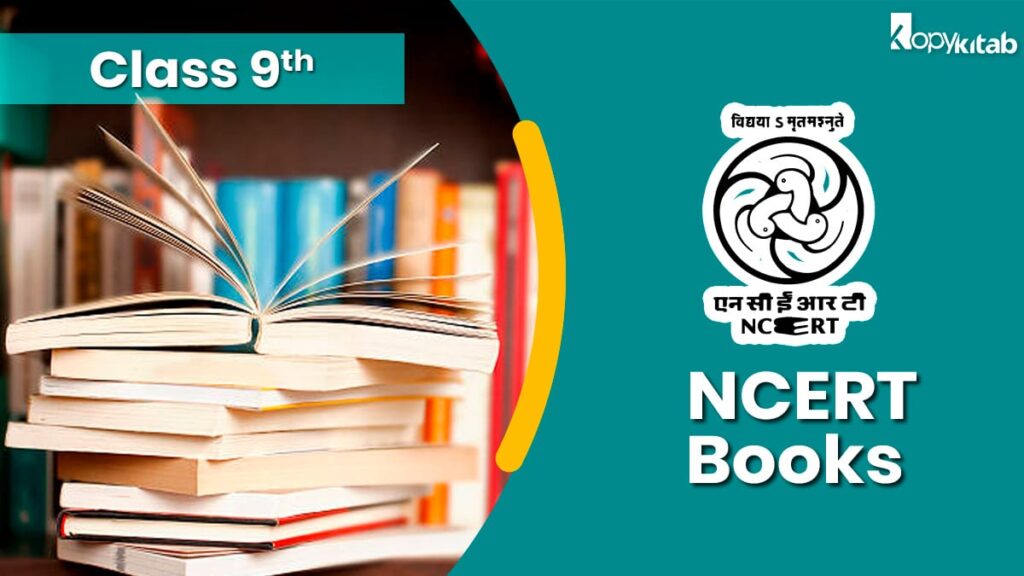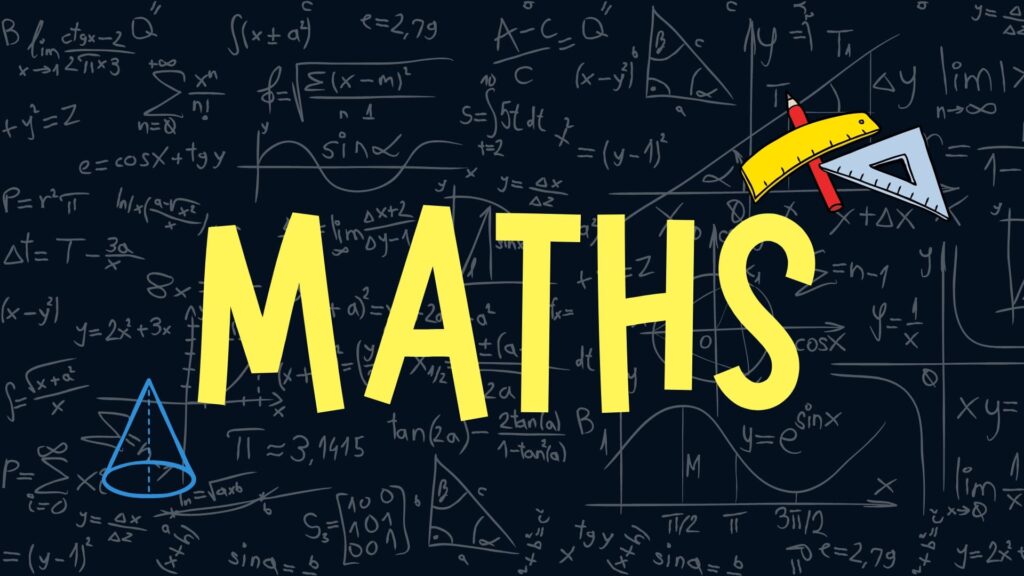NCERT Book Solutions for Class 9 Economics Chapter 3 – CBSE Free PDF Download
NCERT Solutions for Class 9 Economics Chapter 3 – Poverty as a Challenge consist of accurate solutions, which help the students quickly complete their homework and prepare well for the CBSE exams. It ensures that they get all the necessary information about all concepts included in the chapter. Class 9 is a critical level as it forms the base for students for the forthcoming classes. NCERT Solutions of the exercises are provided, which will help Class 9 students to develop a skill for writing answers in an effective way. These solutions provided by us cover all these concepts, with detailed explanations. Students are suggested to practise these solutions given in the PDF, which also helps them to understand the basic concepts provided in this chapter easily.
NCERT Solutions for Class 9 Social Science (Economics) Chapter 3 – Poverty as a Challenge
The Solutions for Chapter 3 of Economics are given below. Students should also check NCERT Solutions for Class 9 for other subjects.
Exercises Page No. 40
1. Describe how the poverty line is estimated in India.
Answer:
A person is considered poor if their income or consumption level falls below a given “minimum level” necessary to fulfil basic needs. This minimum level is called the poverty line. In India, the poverty line is estimated by multiplying the prices of physical quantities like food, clothing, footwear, fuel, light, education, etc., in rupees. The numbers involved in determining the poverty line vary for different years. Also, the poverty line for rural areas is different from that of urban areas because the work, lifestyle and expenses are different for rural and urban areas.
2. Do you think that the present methodology of poverty estimation is appropriate?
Answer:
No, the present-day methodology of poverty estimation does not seem to be completely appropriate. This is because the only factor taken into consideration is economic status, and moreover, it considers a minimum subsistence of living instead of a reasonable status of living. Poverty today is a larger concept than only the economic status of the people. With advancements and development, the definition of poverty has also changed. People might be able to feed themselves and their families, but education, shelter, health, job security and dignity remain far from their reach. To overcome poverty entirely, all the above-mentioned factors also need to be kept in consideration. To completely remove poverty from the country, the methodology to estimate poverty should also be changed.
3. Describe poverty trends in India since 1973.
Answer:
The Economic Survey of 2017-18 showed that although poverty has declined in the country, the number of poor still remains very high. The poverty ratio of 1993-94 for both rural and urban areas together was at 45%, and the ratio for the year 2011-12 has declined to 22%. However, the topic of concern still remains that there has not been any massive decline in the number of poor living in the country. While 404 million poor population was accounted for in both rural and urban areas in 1993-94, the poor population in 2011-12 was 270 million. The survey clearly tells that the concerned authorities must take some serious steps in order to make India a country free of poverty.
4. Discuss the major reasons for poverty in India.
Answer:
The major reasons for poverty in the country are
- The low level of economic development under British colonial rule. The policies of the colonial government ruined traditional handicrafts and discouraged the development of industries like textiles.
- The spread of the Green Revolution created many job opportunities for the people of the country, yet they were not sufficient in comparison to the number of job seekers.
- The unequal distribution of land and resources is another important factor for poverty in India.
- In order to fulfil social obligations and religious ceremonies, the poor end up spending a lot, which results in poverty.
- Inequality in the income of the people is also a major reason for poverty.
5. Identify the social and economic groups which are most vulnerable to poverty in India.
Answer:
The social groups which are most vulnerable to poverty in India are
- Scheduled Caste Households
- Scheduled Tribe Households
The economic groups which are most vulnerable to poverty in India are
- Rural Agricultural Labour Households
- Urban Casual Labour Households
6. Give an account of interstate disparities of poverty in India.
Answer:
Poverty in India differs for different states. The success rate of reducing poverty varies from state to state, causing inter-state disparities in the poverty level. Orissa, Bihar and Madhya Pradesh are the three poorest states in India, with their people living below the poverty line 47, 42 and 37 per cent, respectively. Jammu and Kashmir, Punjab and Himachal Pradesh are the three better-off states in India as far as poverty is concerned. There are various factors that are responsible for these interstate disparities of poverty in India.
7. Describe global poverty trends.
Answer:
The success rate of reducing poverty varies from state to state, causing inter-state disparities in the poverty level. Orissa, Bihar and Madhya Pradesh are the three poorest states in India, with their people living below the poverty line 47, 42 and 37 per cent, respectively. Jammu and Kashmir, Punjab and Himachal Pradesh are the three better-off states in India as far as poverty is concerned. There has been a substantial reduction in global poverty. Poverty declined in China and South-East Asian countries as a result of rapid economic growth and huge investments in the development of human resources. In Latin America, the ratio of poverty remained almost the same. In sub-Saharan Africa, poverty saw an upward trend rather than a downward trend. It rose from 41% in 1981 to 46% in 2001. Poverty has surfaced in some of the former socialist countries, like Russia, where formerly it was non-existent.
8. Describe the current government strategy of poverty alleviation.
Answer:
Removal of poverty has been one of the major objectives of the Indian developmental strategy. The current anti-poverty strategy of the government is based broadly on two planks: promotion of economic growth and targeted anti-poverty programmes. Awareness is being spread across the nation specifying the importance of education, which has resulted in an increase in the literacy level. Various schemes like Mahatma Gandhi National Rural Employment Guarantee Act, 2005, Swarnajayanti Gram Swarozgar Yojana (SGSY), Pradhan Mantri Gramodaya Yojana (PMGY) and Prime Minister Rozgar Yojana (PMRY) have been introduced by the government with an aim to abolish poverty from the country.
9. Answer the following questions briefly.
(i) What do you understand by human poverty?
Answer:
Human poverty is a term that means that poverty is not just limited to the economic status of the people but rather spreads in various other sectors, which include lack of education, negligence of the health care system, discrimination and disparity. Abolishing poverty should not be the only aim of the authorities, but abolishing human poverty must be the aim.
(ii) Who are the poorest of the poor?
Answer:
Women, female infants and the elderly are considered the poorest of the poor. This is because, in a poor household, these people suffer the most and are deprived of the maximum necessities in life.
(iii) What are the main features of the National Rural Employment Guarantee Act 2005?
Answer:
The main features of the National Rural Employment Act 2005 are as follows:
- To provide 100 days of wage employment to every household to ensure livelihood security in rural areas.
- Sustainable development to address the cause of drought, deforestation and soil erosion.
- One-third of the proposed jobs under this scheme have been reserved for women.
Poverty as a Challenge Summary
In this chapter, students will study one of the biggest challenges faced by independent India, i.e., poverty. Also, urban and rural case of poverty has been discussed in this chapter. Chapter 3 – Poverty as a Challenge from Class 9 Economics books also talks about
- Poverty Line
- Poverty Estimate
- Global Poverty Scenario
- Interstate Disparities
- Causes of Poverty
- Anti Poverty measures
How poverty is estimated in the country and what are the global trends of poverty across the world have also been discussed in the chapter.


![NCERT Books for Class 9 Science [2023 -24 Edition Revised Syllabus] PDF Download](https://cbsejeeneet.com/wp-content/uploads/2023/07/WhatsApp-Image-2023-07-17-at-14.06.59-1024x575.jpg)
